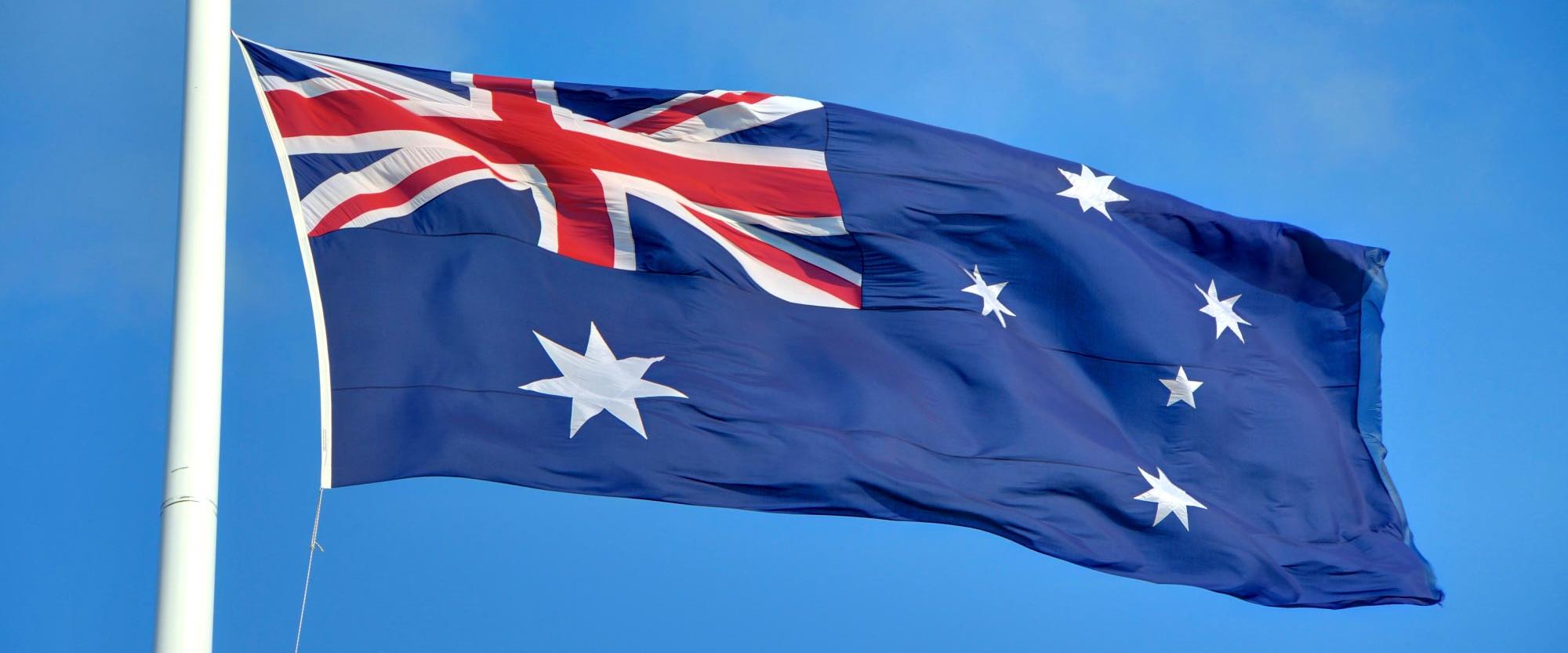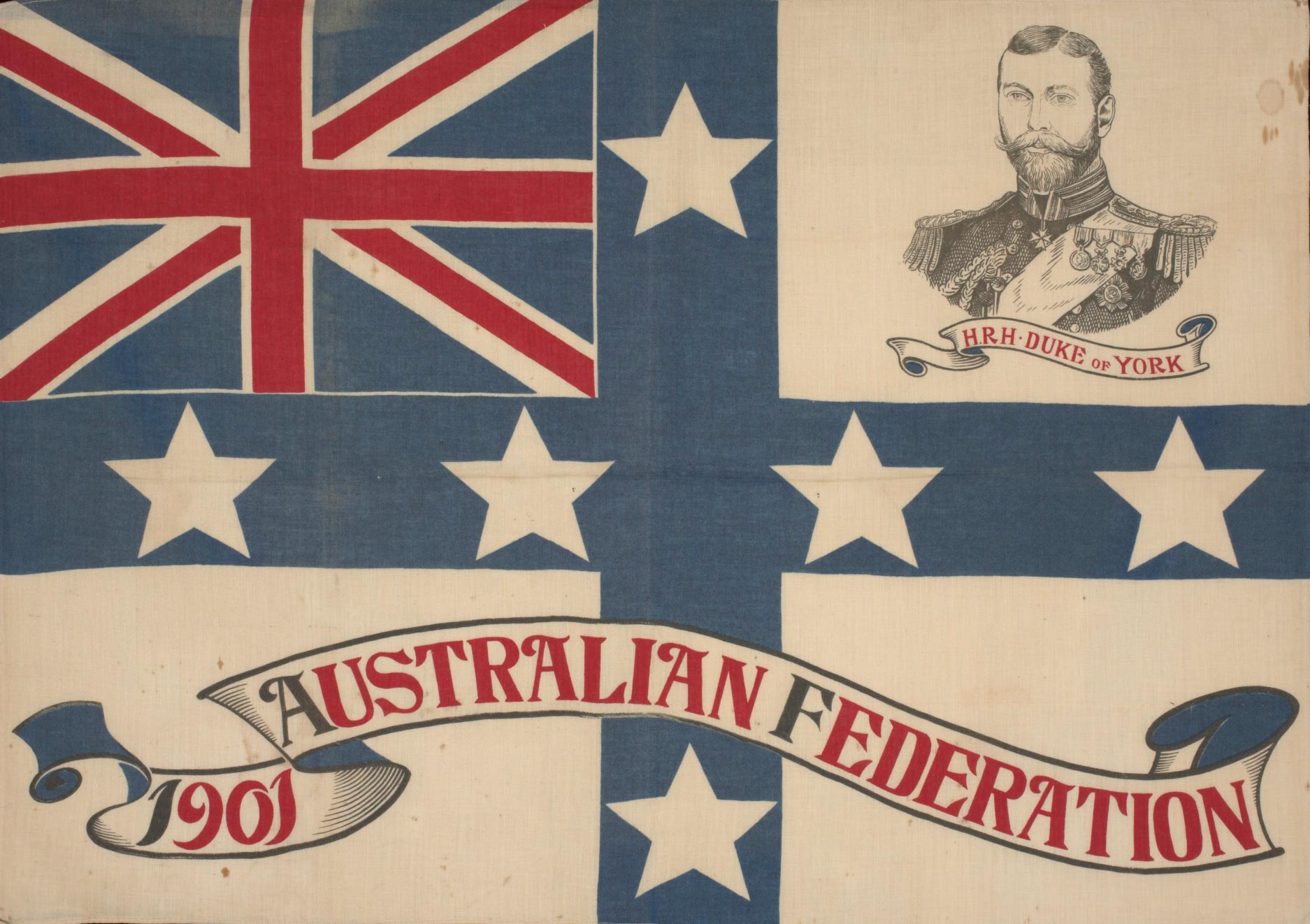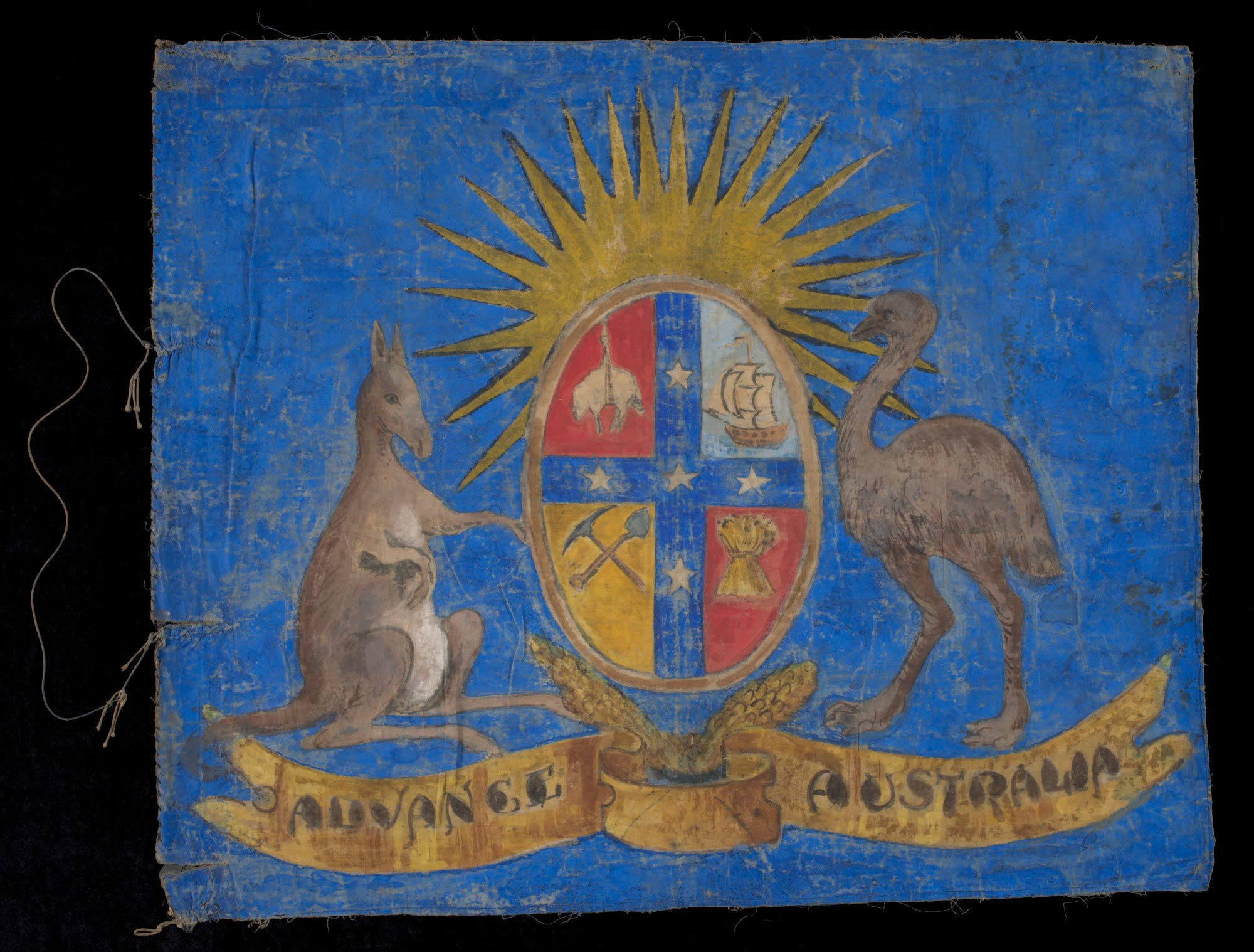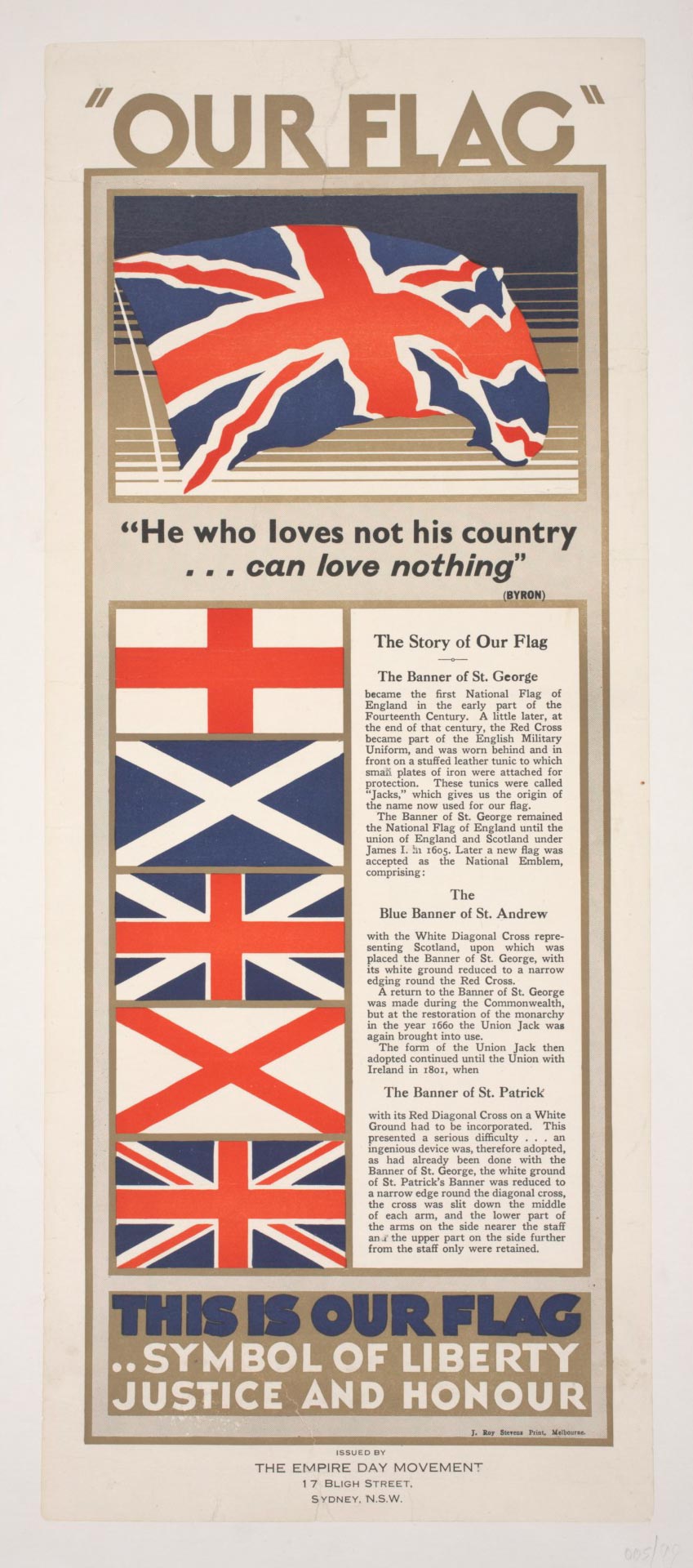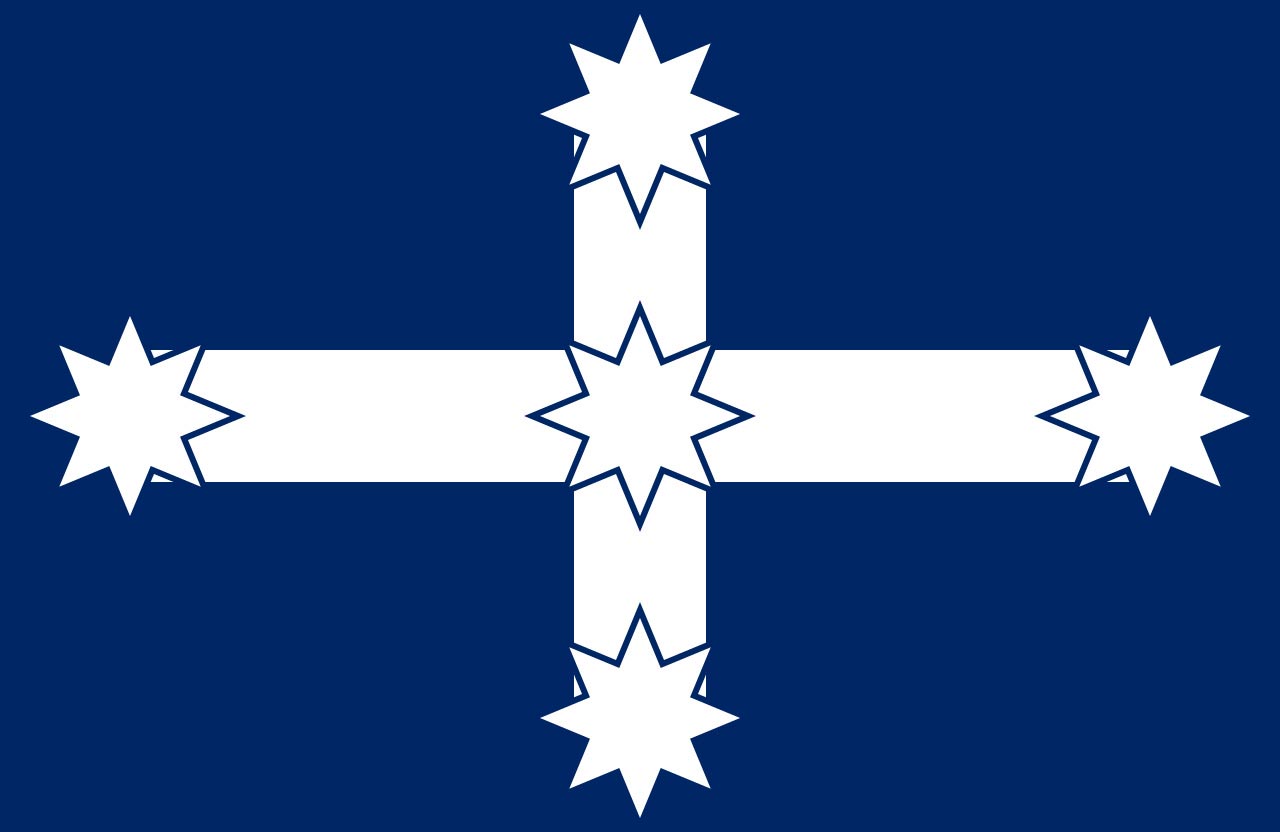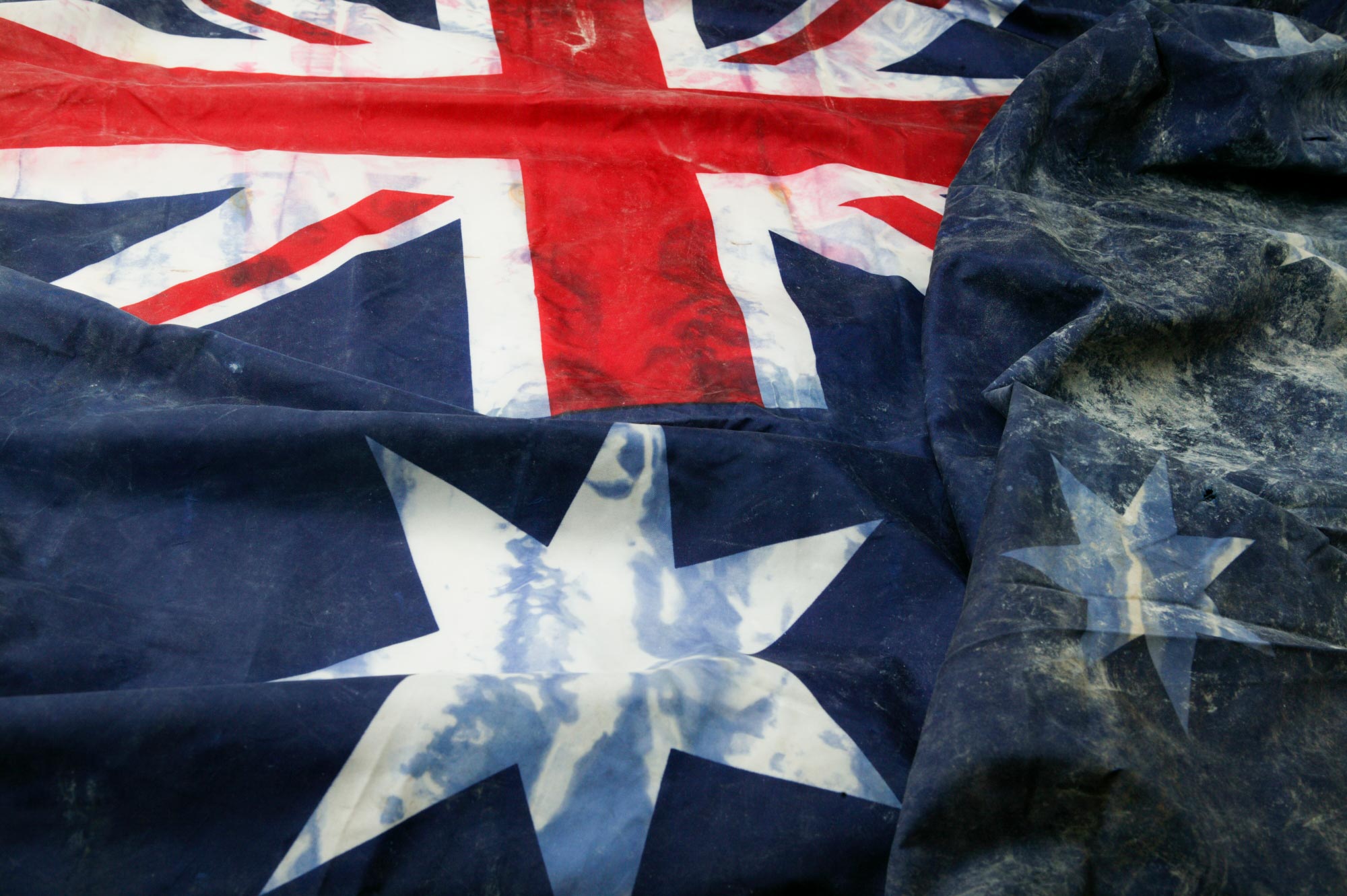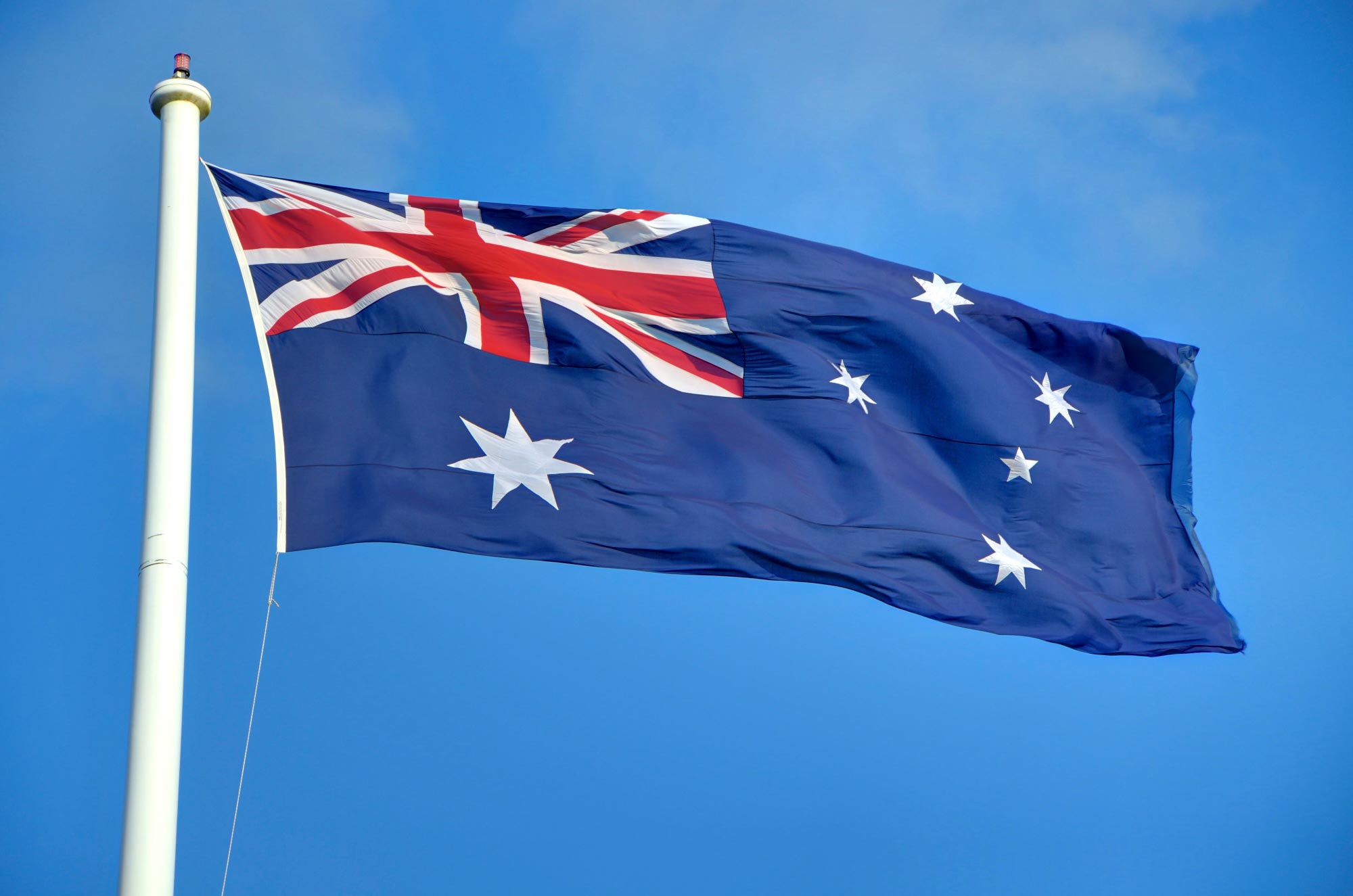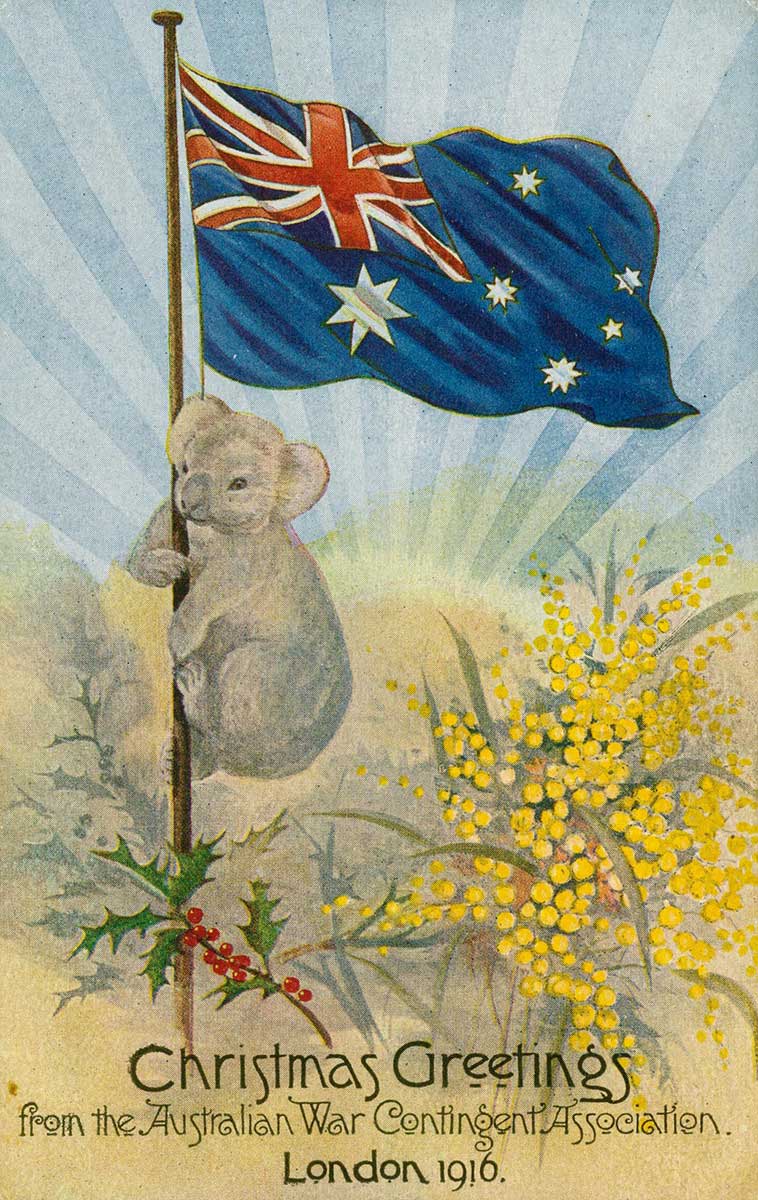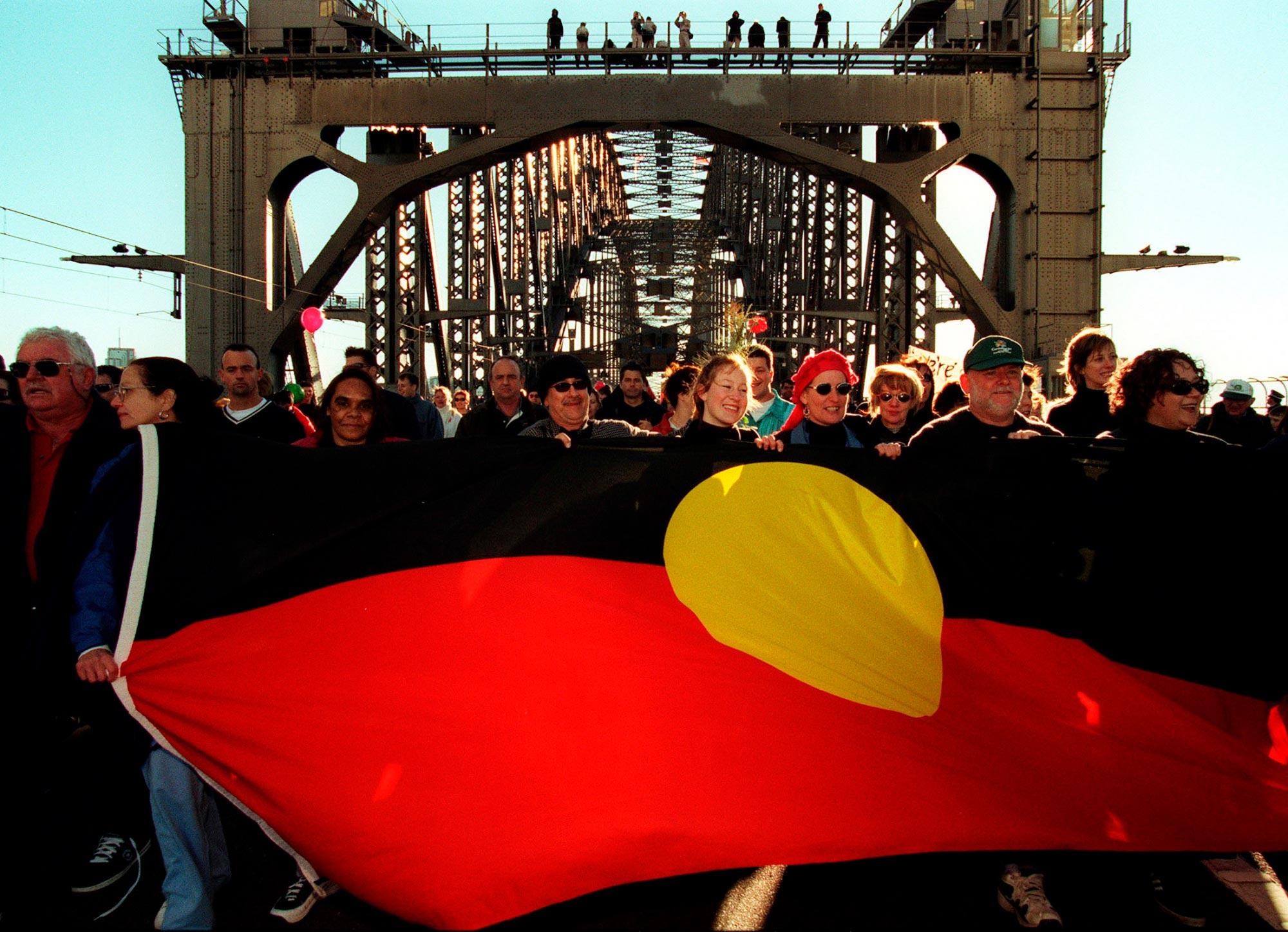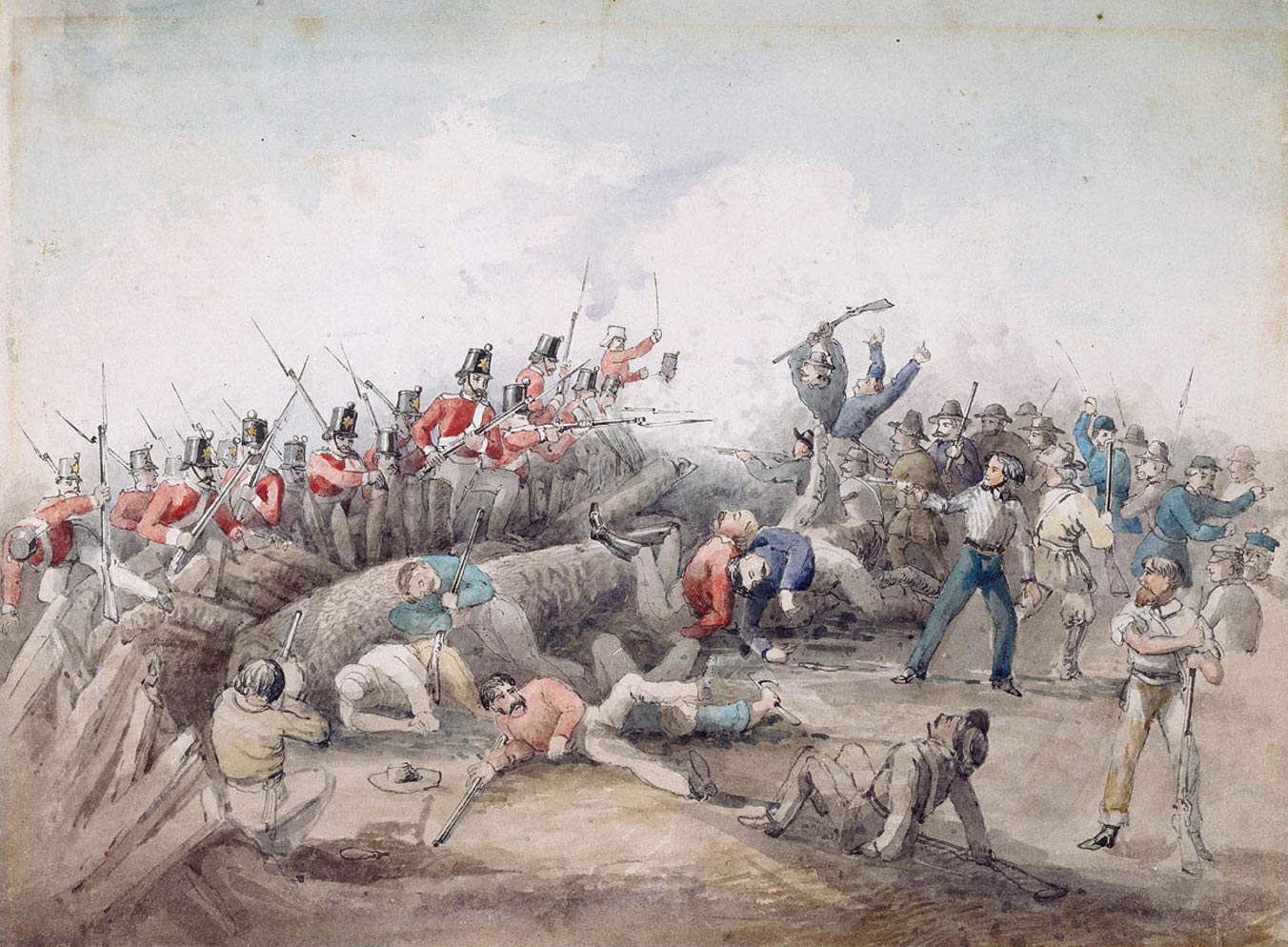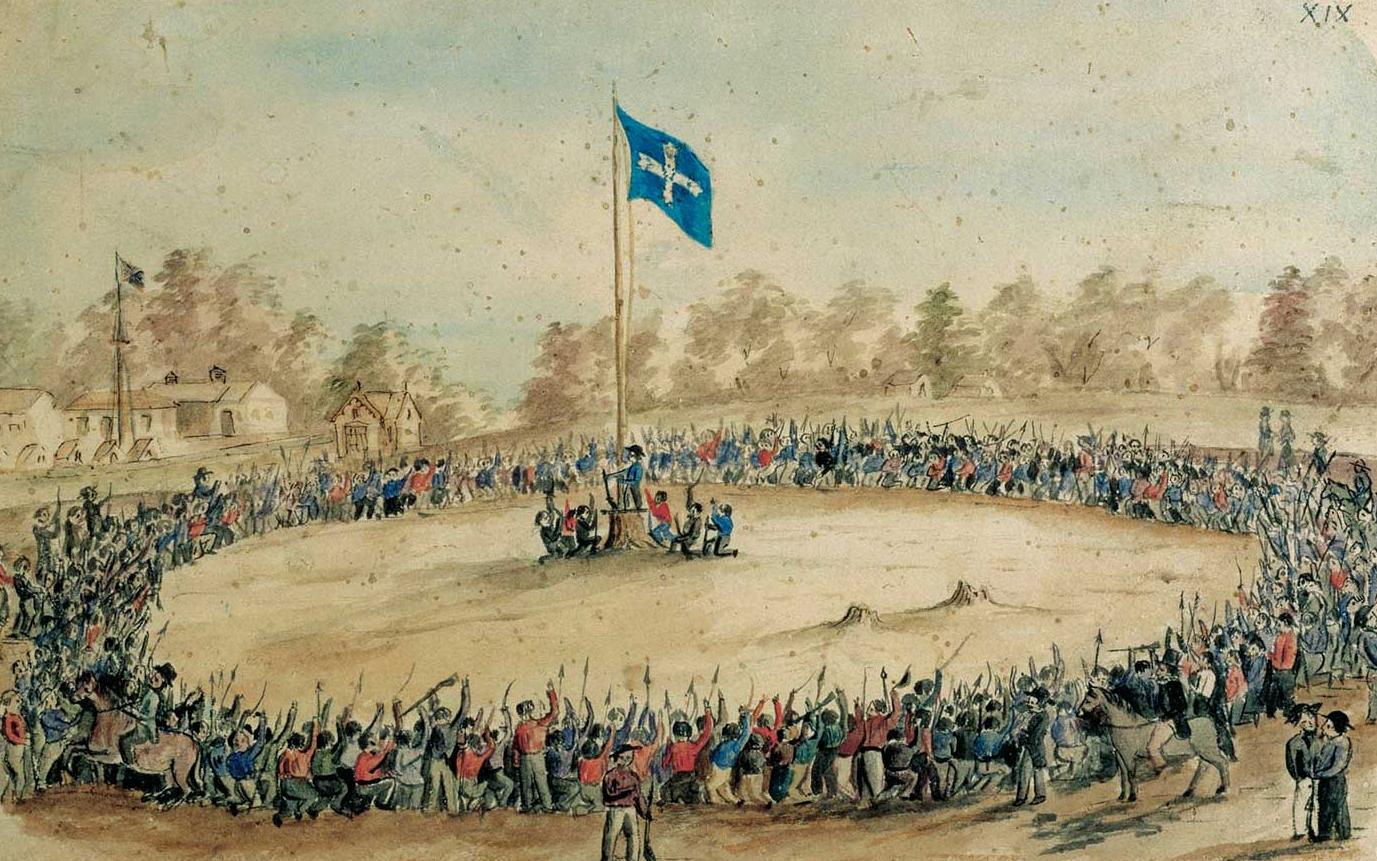A national symbol
1954: Flags Act becomes law, defining the official flag of Australia
A national symbol
1954: Flags Act becomes law, defining the official flag of Australia
In a snapshot
What is now the Australian national flag was designed soon after Federation in 1901. For the next 50 years after federation, Australia’s flag was the British flag, the Union Jack. This changed in 1954 when the Flags Act came into effect and Australia officially adopted the current Australian flag.
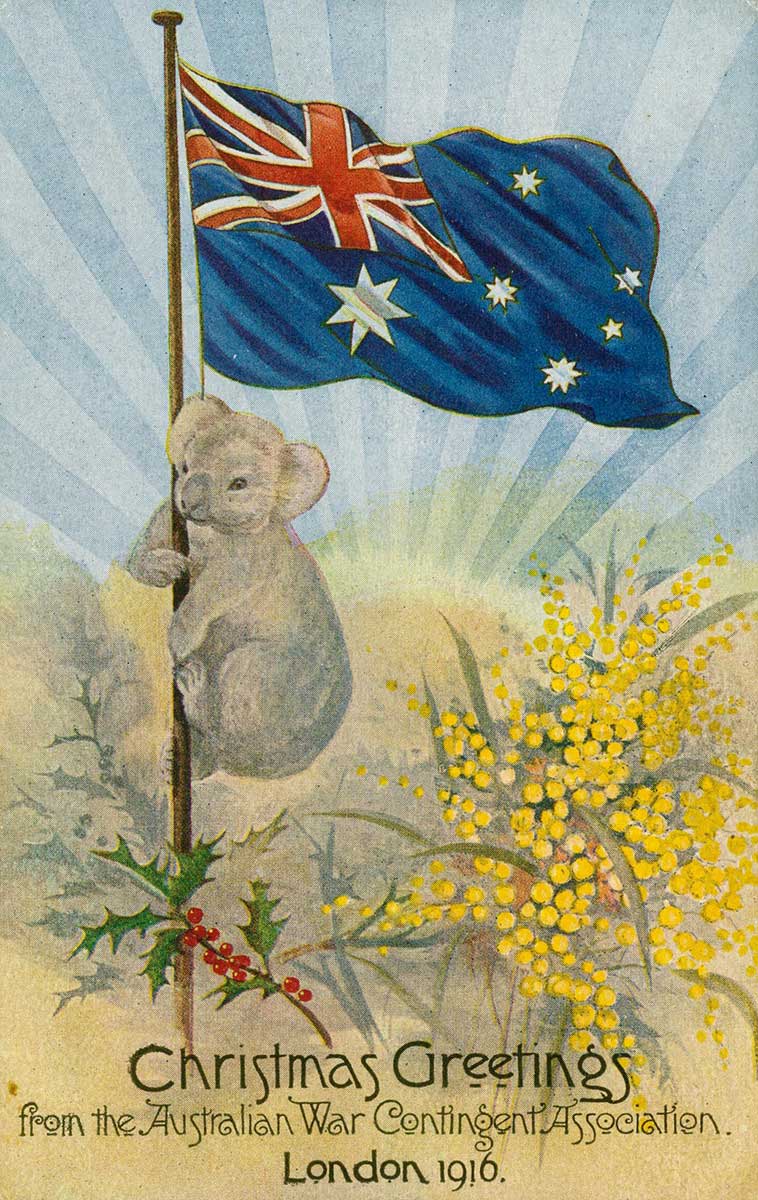
 Can you find out?
Can you find out?
1. How was the design for the Australian national flag chosen?
2. What was the Red Ensign and how was it used?
3. How did the Flags Act change the way flags were used in Australia?
Why do we use flags?
Flags as we know them today have been around since the early 1600s when they began to appear on battlefields and were flown from ships. They helped to clearly identify the country or political beliefs of different groups of people.
Flags can be powerful national symbols. For some nations, such as the United States, the flag is treated with great respect and flown proudly in people’s front yards. In Denmark it was traditionally believed that the flag was given to an ancient king directly by God. The design and use of flags can tell us a lot about the nations they represent.
Research task
When was the Eureka flag created and why? Why do you think it was the only early Australian flag that didn’t feature the Union Jack? Do some research to find out.
How did Australia’s national flag evolve?
Throughout the 1800s various flags emerged in Australia. All featured the Southern Cross: the constellation of stars visible only from the Southern Hemisphere. All flags except the Eureka flag included the Union Jack in the top-left quarter (known as the canton).
In the lead-up to Federation in 1901 a competition was held to design a flag for the new Australian nation. More than 32,800 submissions were received.
The results were announced on 3 September 1901. The competition prize money was divided between five people who had submitted almost identical designs for what is now the national flag, then called the Blue Ensign.
What was the new design?
The dark blue flag included the Union Jack in the canton (as did most of the other submissions), and beneath it was a Federation Star with six points representing each of the Australian states. On the right side, known as the fly, were the five stars of the Southern Cross.
The flag has not changed much since the 1901 competition. But in 1908, when Papua became an external territory of Australia, a seventh point was added to the Federation Star. The seventh point represents all of Australia’s external territories.
The flag for merchant ships was the same as the national flag, except that it had a red background instead of a blue one. It was known as the Red Ensign.
The flags reflected an Australia that saw itself as separate from Britain, but also very much connected to it.
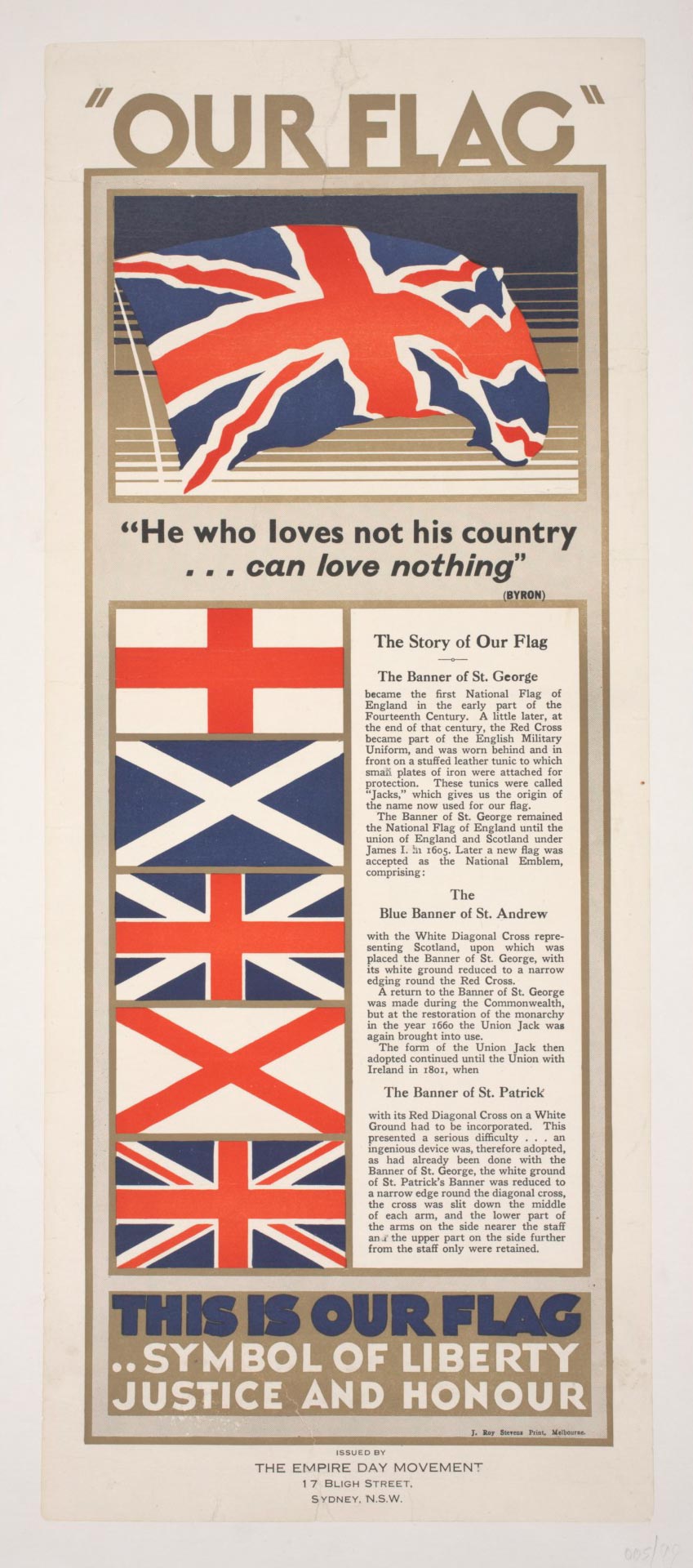
Why did the nation need a Flags Act?
After the flag competition the Australian Government often still flew the Union Jack rather than the Blue Ensign. During the First World War (1914–18) the Blue Ensign became more popular. It appeared on pro-war posters and was sometimes taken into battle. But the Union Jack, Blue Ensign and Red Ensign were all used, depending on which flag people personally preferred.
In 1953 the Menzies government introduced the Flags Act to encourage the government and the public to use the Blue Ensign instead of the Union Jack or the Red Ensign. The Flags Act explains that the Blue Ensign is Australia’s national flag. It defines flag dimensions and how it can be used.
The Flags Act Bill was passed by the Australian Parliament in December 1953 and the Act came into effect on 14 February 1954.
Aboriginal and Torres Strait Islander flags
In 1995 the Aboriginal flag and Torres Strait Islander flags were made official flags under the Flags Act.
The Aboriginal Flag was designed by artist Harold Thomas and first flown in Adelaide on National Aborigines Day in July 1971. In 1972 the Aboriginal Tent Embassy in Canberra began to fly the flag.
The Torres Strait Islander flag was designed by Bernard Namok. Adopted in 1992, it was the winning entry in a design competition run by the Island Coordinating Council.
Read a longer version of this Defining Moment on the National Museum of Australia’s website.
 What did you learn?
What did you learn?
1. How was the design for the Australian national flag chosen?
2. What was the Red Ensign and how was it used?
3. How did the Flags Act change the way flags were used in Australia?






